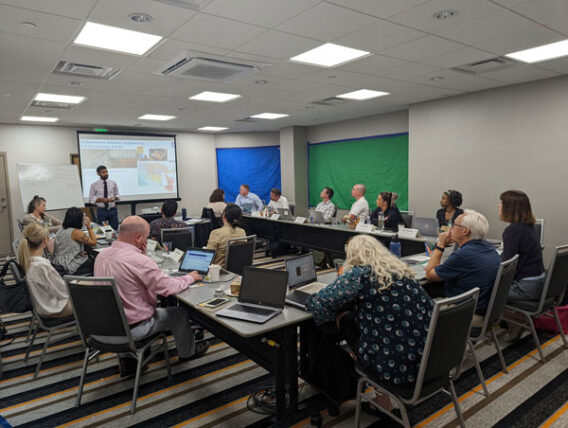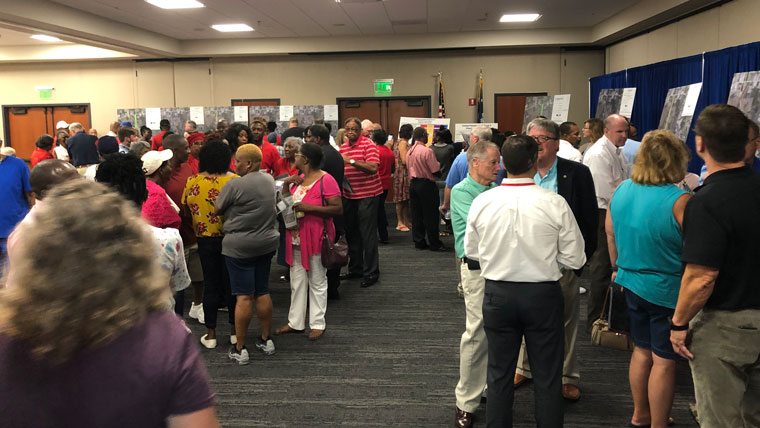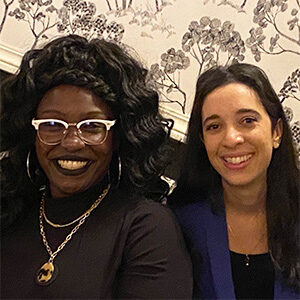Historically, many infrastructure projects have been implemented to the detriment of the surrounding communities, which are disproportionately comprised of minorities, low-income, and/or underserved groups. For example, many communities, usually made up of people of color, were displaced when the U.S. interstate highways system was built. For this reason, our current administration is combating the impacts of inequitable designs by creating an initiative called the Reconnecting Communities Pilot (RCP).
Inclusivity in planning and design, accountability for outcomes, and effective stakeholder outreach play critical roles in project work. When it comes to environmental justice considerations, following regulatory guidelines such as the National Environmental Policy Act (NEPA), state environmental policy, or Department of Transportation (DOT) guidelines is considered good enough for most of the industry. However, prioritizing the health, safety, and quality of life for community members above and beyond what is required by guidelines will lead to the most successful project design.
Mead & Hunt recently had the opportunity to review one of our recent projects to understand how environmental justice should be included in environmental review.
What is Project Confluence?
Mead & Hunt and Arizona State University partnered to create a pathway toward equity in environmental justice that our company can use as a template for projects moving forward. Project Confluence is a group of Mead & Hunt planners, engineers, architects, and environmental staff who are working to create a blueprint for diversity, equity, and inclusion as we plan and develop projects throughout the country. The Conway Perimeter Road Phase II case study was the basis for Project Confluence’s kick-off meeting.

The Conway Perimeter Road Phase II: A Case Study
The South Carolina Department of Transportation (SCDOT) is working with Horry County to construct a new location roadway outside of the City of Conway, near Myrtle Beach. During the environmental review process, a park was identified as a protected property under Section 6(f) of NEPA. This section states that any recreational properties funded through the Land and Water Conservation Fund would be protected in perpetuity and that any impacts to those properties would require in-kind replacement. It was this park, in the middle of the project area, that first brought our attention to a small community after which the park had been named: Sandridge.
Upon further investigation, it was discovered that this was a historically African American community which had been established in the late nineteenth century and had been inhabited by heirs of those original families to the present day. The area is considered both low-income and minority by the U.S. Environmental Protection Agency’s Environmental Justice Screening and Mapping Tool (EJSCREEN). As such, the area was considered an underserved community and was required to be documented as part of NEPA review. However, simply following the guidelines did not fully convey the impact that the roadway would have to the community, including the purchase and redistribution of properties that had been held in local families for many generations.
It is imperative that we learn from experiences like these in order to strategize for removing barriers and disadvantages. In the case of Sandridge Park, our team found it imperative to evaluate protections and provide mediation for the project so that the area residents could be confident in our solutions for the community. Mead & Hunt is using important lessons like these to optimize how we take care of people. We have dedicated resources throughout our organization to further advance our equity toolkit and truly address both systemic and systematic changes that will help us plan, design, engineer, and construct an equitable future.



